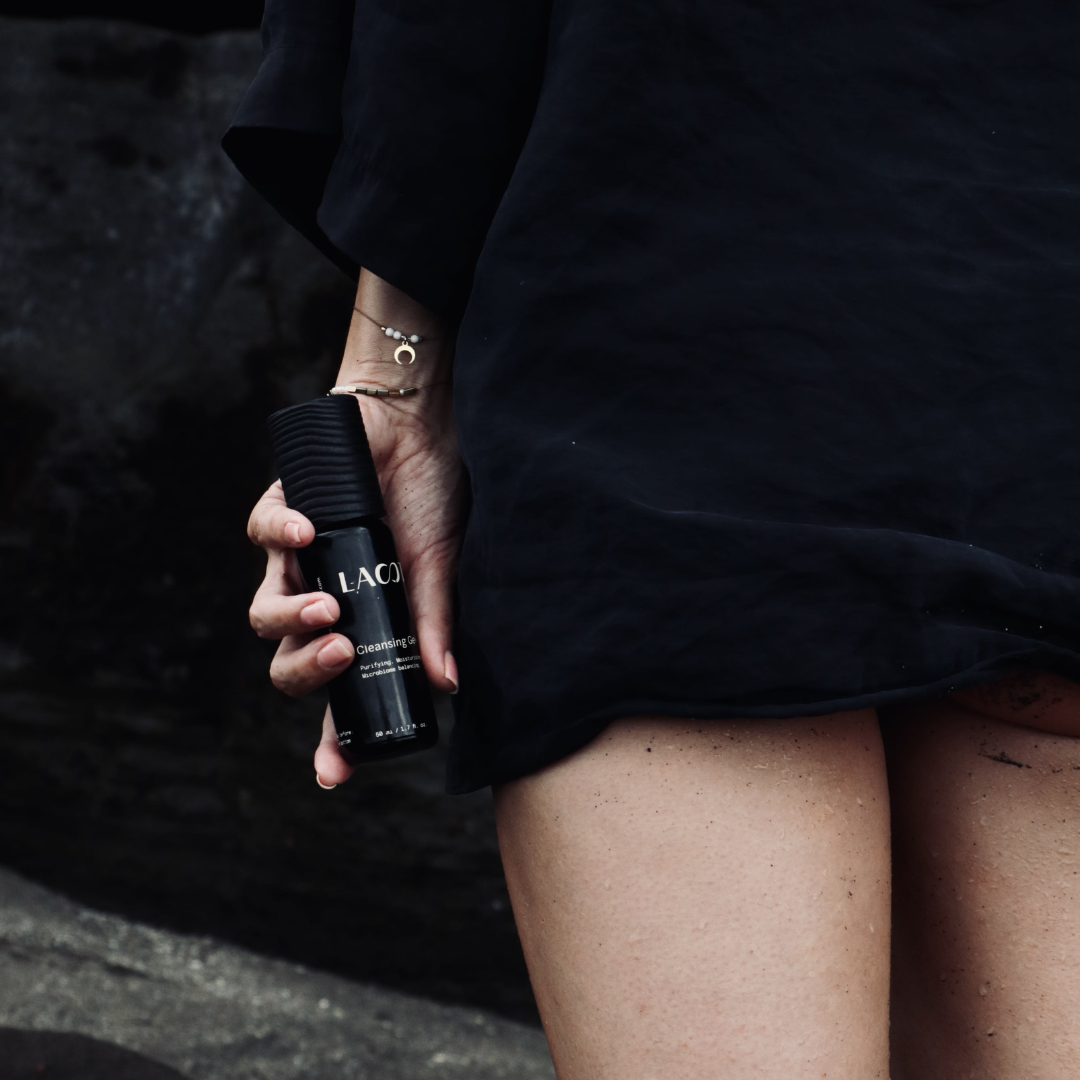Log in
Register
Manage Cookie Consent
This website uses cookies to ensure you get the best experience, to keep the site secure and reliable, provide social media features and analyze how the website is used. Find out more about cookies and the ways we use them by reading our Privacy Policy. Click "Accept" to agree to our use of cookies and similar technologies.
Functional Always active
The technical storage or access is strictly necessary for the legitimate purpose of enabling the use of a specific service explicitly requested by the subscriber or user, or for the sole purpose of carrying out the transmission of a communication over an electronic communications network.
Preferences
The technical storage or access is necessary for the legitimate purpose of storing preferences that are not requested by the subscriber or user.
Statistics
The technical storage or access that is used exclusively for statistical purposes.
The technical storage or access that is used exclusively for anonymous statistical purposes. Without a subpoena, voluntary compliance on the part of your Internet Service Provider, or additional records from a third party, information stored or retrieved for this purpose alone cannot usually be used to identify you.
Marketing
The technical storage or access is required to create user profiles to send advertising, or to track the user on a website or across several websites for similar marketing purposes.
Unexpected
wisdom – for your body,
mind and spirit.
Leave us your e-mail address to receive our monthly newsletter – and a special gift
to celebrate our first encounter

X
|
FREE INTERNATIONAL SHIPPING ON ORDERS OVER €300 SHOP NOW |









Neuroscience of touch
Caressing, stroking, massaging, tickling, hugging… Strangely open as it sounds, I love to experience touch. Its different forms help me to wind down, relieve negative emotions, restore inner balance or evoke pleasure. However, it only happens when the toucher is someone I approve. If any sensory cues, including the visual, olfactory or environmental ones, remind me that the physical interaction is not what I want, the affective experience of the act of touch may be turned into a negative one. It’s all because when touching someone’s skin, we’re actually touching someone’s brain.
The neuroscience of touch
Touching is a way of learning. We get to know shapes, sizes, temperatures, textures and discover what does and doesn’t feel good, to us and others. We touch repetitively and not always consciously. Statistically, an average human touches their face 23 times per hour, mostly instinctively.1 We shake hands with strangers, caress lovers, hugs kids and last but not least touch ourselves, even if only in the simple act of patting a face cream into the skin. Touch is such an integral part of our behaviors that its lack can cause psychological and physiological changes. Skin hunger, also called touch starvation, is a condition that happens when you don’t get as much physical touch as you’re used to or need. 2 When you don’t experience enough of it, you can become stressed, anxious or depressed. 3
This can cause cortisol spikes, increased blood pressure and heart rate, muscle tension and metabolic problems, among others. If you don’t want your skin to starve, embrace the idea of touch with all your body. Studies show that some of its parts, including hands and lips, are more sensitive than others, making them essential tools in our ability to discover the world around us.4 The touch receptors located in the more sensitive body areas form more connections and stronger ones than receptors in less sensitive ones so they could pass information to the brain stem more effectively. When the receptors get activated by the pressure on your skin, they send signals to the part of your brain called sensory cortex. 5 It is divided into specific areas, each of which communicates with every single part of your body, making it responsive to touch.6
Most of the received information travels directly up to the brain before they can be processed and understood. In some cases, including touching potentially dangerous stimuli, the spinal cord will also process sensory information to help to avoid danger.7 If reading about the science of touch makes you want to go and hug someone, don’t wait. Our ability to experience pleasure that comes from touch decreases with age.8 Loss of skin firmness and elasticity may negatively influence the skin-neural coupling. Progressing changes in cerebral blood flow and metabolism accompanied by the loss of neurons can make the brain less receptive for the signals coming from the touch receptors. Decline of tactile functions including the ability to detect light touch or vibrations at different frequencies doesn’t help either. Does this information make you feel sad? Well guess what, getting touched can help to you cope with it, too.
20 seconds of touch for oxytocin
Do you like to seek comfort in the arms of a loved one every time something goes wrong in your life? It might have to do with more than just your personal liking. Oxytocin is a neurotransmitter best known for managing key aspects in female reproduction. It is released into the bloodstream by a small, pea-sized gland located at the base of your brain called pituitary gland. Known as the hormone of love, trust and social bond, oxytocin regulates emotional, cognitive, and social behaviors: 9
Bonding
While it’s traditionally associated with sex, labour and breastfeeding, oxytocin can be released during the simple act of touch, as long as it’s done the right way. Research10 shows that when people who have an emotional bond had warm physical interactions that lasted at least 20 seconds 11, experienced release of oxytocin which effected in increased mood and sense of comfort. As little as that is enough for the brain to decode the physical act of touching as an evidence of „you’re loved, you’re safe, you’re wanted”. What’s even more interesting, according to some studied we may rely more heavily on tactile interactions in times of stress than on comforting words or attempts of rationalizing. 12 You don’t have to wait to try this extremely enjoyable tension release practice until negative emotions kick in. For the sake of bonding and stepping into the day in stress-less mode, simply cuddle for at least 20 seconds with your partner first thing after waking up.
Self-massage
As much as I appreciate an affective touch from the ones I love, I try to remember about adding some self-TLC to my everyday routine. Self-massage has been practiced in alternative medicines as a form of devoting self-love and attention to the body, thus a tool for healing the mind. I discovered this beautiful and intimate ritual a few years ago, during a solo trip to Sri Lanka. I visited an Ayurvedic hospital, where one of the practitioners pointed out I was one of the most devoted fans of massage he has ever met. „Do you ever give one to yourself?”, he asked. Things got awkward for a second because I was not in the mood for sharing my sexual habits, especially with someone who was about to take care of my stressed (and naked) body for the next few hours. Luckily, before I got to express it, he clarified: „Have you ever tried Abhyanga?”.
A daily Abhyanga is a form of self-massage practiced with the use of warm oils. Starting from the top of the head, and working slowly out from there in circular strokes down the entire body: face, ears, neck, chest, arms, breast, tummy, back, limbs and feet, one can experience a full list of benefits. A 15-20 minutes of Abhyanga self-massage:13
If „alternative medicine” doesn’t sound convincing to you, keep in mind that self-massage, and massage in general, is equally appreciated by the Western medicine practitioners. According to studies „massage therapy has been shown to have beneficial effects on many different groups and conditions including prenatal depression, preterm infants, full-term infants, autism, skin conditions, pain syndromes including arthritis and fibromyalgia, hypertension, autoimmune conditions including asthma and multiple sclerosis, immune conditions including HIV and breast cancer and aging problems including Parkinson’s and dementia.”14 And even if you don’t face any serious medical conditions, you can – and should – benefit from the undeniable, relaxing effects of this form of self-care.15 If you don’t have enough time or patience to focus on the entire body, start by focusing on your face. Apply a few drops of LAST Skin Repair serum on your hand. Before patting it into your clean face skin, take a few deep breaths to benefit from the aromatherapeutic properties of its plant- derived ingredients, including frankincense and lemongrass essential oil. Take care of your senses while the serum penetrates and nourishes your skin.
My earliest childhood memory connected to touch is the one of my mom. Every time I woke up in the middle of the night and couldn’t fall asleep again, my perception would completely change. My bed would start to feel strangely uncomfortable, textures of the bedsheets harsh and the air surrounding me unpleasantly cold. But as soon as my mom, woken up by her internal system alarming that something’s wrong, showed up in my room to check on me, another shift of perception would happen. This time, thanks to her touch. Her skin, soft unlike the bedsheets, made my feel physically comfortable again. Her body, much warmer than hostile air, took the emotional tension away. She didn’t have to say anything , yet everything was changing. I try to carry this lesson with me and pass it on my other relationships, also the one I have with myself.
Read more:
SHARE:
JOURNAL
Related posts
Sleep yourself into inner power? Exploring the science of deep sleep.
What to expect from the perfect skin repair serum?
Morning well-being practices